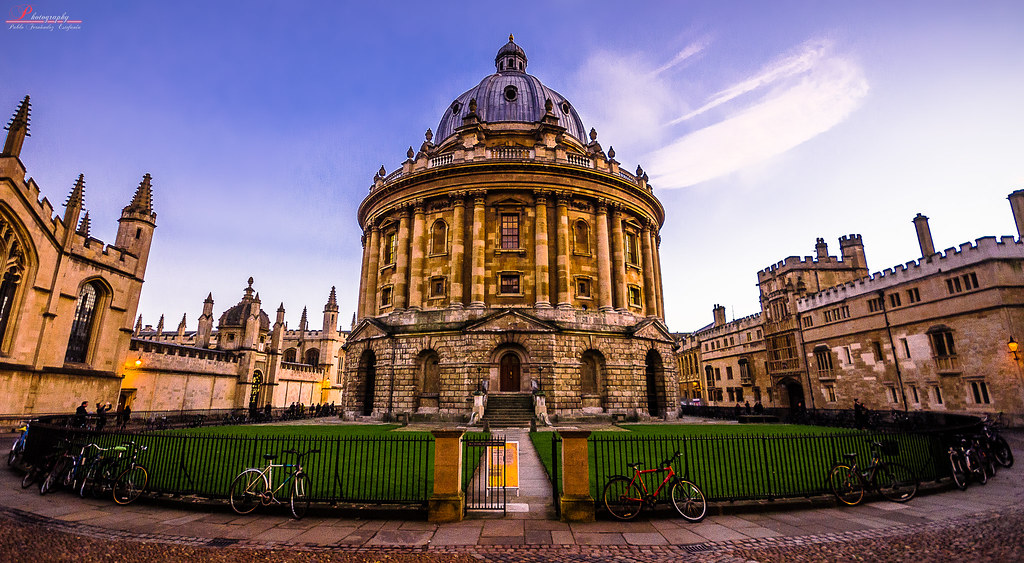Abortion rights are a controversial topic with strong opinions on both sides and as a result, are constantly up for debate. Roe v. Wade, a Supreme Court case in 1973, ruled that women had the right to abort a child until the fetus can survive outside of the womb, and served as the rule in our country until the Dobbs v. Jackson case in June 2022. Today, Idaho, North Dakota, South Dakota, Texas, Oklahoma, Louisiana, Arkansas, Missouri, Mississippi, Alabama, Tennessee, Kentucky, Indiana, and West Virginia have a total ban on access to abortion within the state. While this came into full development in 2022, the groundwork was laid between 2016-2020, largely during Donald Trump’s presidency. What exactly was his impact?
Before uncovering what changed in Trump’s term, it’s crucial to contextualize the Dobbs case. In June 2022, Roe v. Wade was officially overturned in the Supreme Court case Dobbs v. Jackson Women’s Health Organization. In Dobbs’ argument, abortion rights were said explicitly not to be protected by the Constitution. This argument succeeded in overturning nearly five decades of precedent. The case returned abortion regulation from a federal decision to being unique to each state. This led to clinics closing and forced some women to travel over state borders to receive an abortion. As a result, abortion became inaccessible to many women who either could not afford or did not have resources to travel for the procedure.
At first glance, one would think today’s abortion bans all happened directly because of Dobbs; however, Dobbs was just the final domino to fall. As Jean Belford, Chair of the Computer and Information Science Department at Poly Prep, stated, no one “can get that kind of thing done until you set up your chess board.” The chess board was set up prior to this Supreme Court case, during Trump’s term.
Trump’s most direct effect on abortion were his appointments to the Supreme Court. During his presidency (2017-2021), he made three: Neil Gorsuch (April 7, 2017), Amy Coney Barrett (October 6, 2018), and Brett Kavanaugh (October 26, 2020). These Supreme Court spaces opened up during President Barack Obama’s term, and were left for Trump to have spaces to fill. The Supreme Court is now majorly conservative, and while judges are not officially sworn in as Democratic or Republican, a judge’s political party is generally based upon if they are an originalist or not. Conservative judges, or originalists, do not treat the constitution as a living document and if it does not cover the subject they believe, then federally, it shouldn’t be spoken on. For example, when the Dobbs case reached the Supreme Court some conservative judges voted on the basis that abortion was not explicitly legal within the constitution. Belford referred to the fact that the Supreme Court is filled with people who are originalists as the “stacking of the court.” Trump created a 6:3 ratio of conservative to liberal judges, making it so that even if one conservative were against a ruling, it would still pass. The judges he selected are also fairly young, giving them a long time to rule in the Supreme Court. Zachary Allen, the principal of V2 Consulting, a political consulting firm, and a former Democratic National Company Finance Official, shared that Trump “ended [abortion rights] by his Supreme Court nominees.”
Following this trend, these Supreme Court justices appointed many new state officials and new conservative judges were placed in state and federal courts around the country. These judges began ruling against abortion and making changes state by state. The laws written in 2016-2020 would later be enabled by the Dobbs decision. In the past few decades, as explained by Virginia Dillon, Chair of the History Department, the Democratic presidents pursued the role of “maintaining the status quo,” which was abortion being allowed. However, there were no laws explicitly saying abortion was legal, leaving it available for change.
Additionally, during Trump’s term, he defunded the United Nations Population Fund, which is a maternal health organization that offers contraception and pregnancy care to women in 150 countries and has prevented 295,000 unsafe abortions in 2016. This had a severe impact because the organization had relied on the U.S. for much of its funding. Trump also signed an order that gave states the right to defund Planned Parenthood, leading to their organization having to close many clinics due to state funding cuts.
Additionally, Trump revoked the Obama-era requirement of guaranteed birth control coverage. “Under my administration, we will always defend the very first right in the Declaration of Independence and that is the right to life,”
Trump stated during a March for Life rally, a pro-choice organization. Lastly, he installed the Domestic GAG rule, which forbade U.S. abortion clinics a part of Title X family planning funds (the only federal program that provides funding dedicated towards families) from sending their patients to abortion healthcare of any kind. This hurt Title X networks and cut its capacity by half. This rule has since been reversed by President Joe Biden. Josh Barro, a political journalist, explained that Trump has had a much larger impact on abortion than other recent presidents. He has made huge changes that began the dismantlement of reproductive rights in the U.S.
No matter the personal opinion, many people acknowledge Trump’s impact on abortion rights. While some view it as an attack, pro-life organizations such as March for Life or Americans United for Life believe Trump has done good work by limiting abortion access. For example, March for Life describes the overturning of Roe v. Wade as a “blessing” and “momentous.” That being said, a significant outcome of the changes to abortion rights is that a large demographic of women are predicted to show up on Election Day. Abortion is a large issue and many young women have been raised to expect these female healthcare rights, as Belford explained. Until recent events, many young women did not realize how “fragile” abortion rights are. Barro said “people drawn toward abortion rights will lean toward the Democratic party as well as people against will give their vote to the Republicans.” As the Public Religion Research Institute states, 86 percent of Democrats believe abortion should be legal in all/most cases, and only 36 percent of Republicans believe this. Barro also mentioned that this issue has made many people “middle of the road” because they are against a total ban, with just 15 percent of Republicans in favor of a total ban on abortion. Barro states that this moderate attitude will make it harder for the Republicans to win over a variety of people.
In a country with two popular parties, this upcoming election will be more divided by party than ever, according to NPR. Allen also said that another space may open up in the Supreme Court in this next term, giving the next president a strong decision to make, which may also influence how people vote. Changes are coming quickly and as Belford explained in her interview, “abortion is an important issue many will consider during [key] upcoming elections.”


























